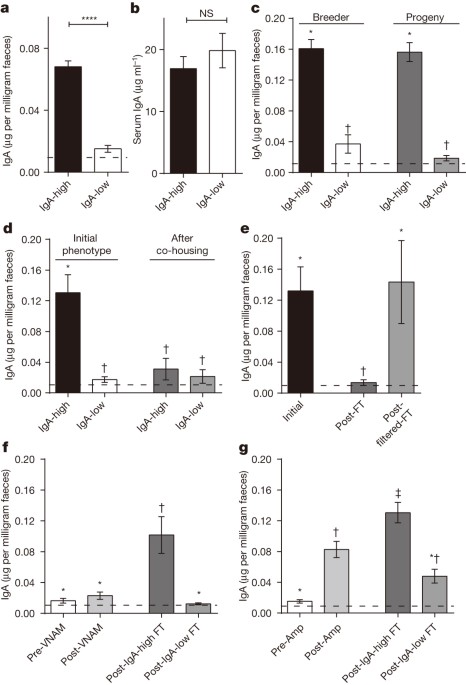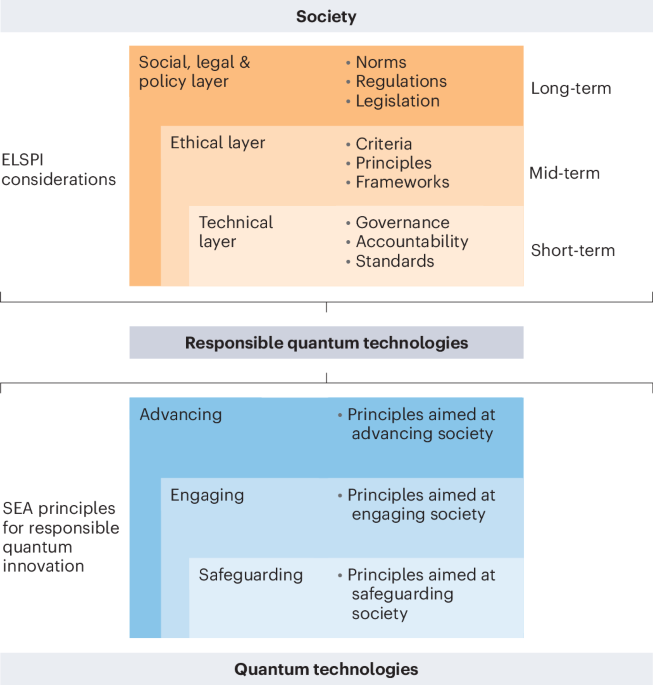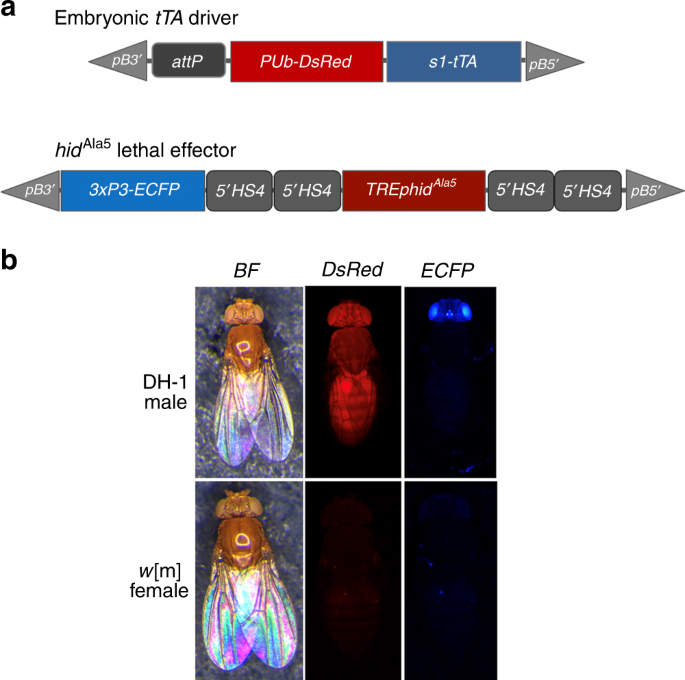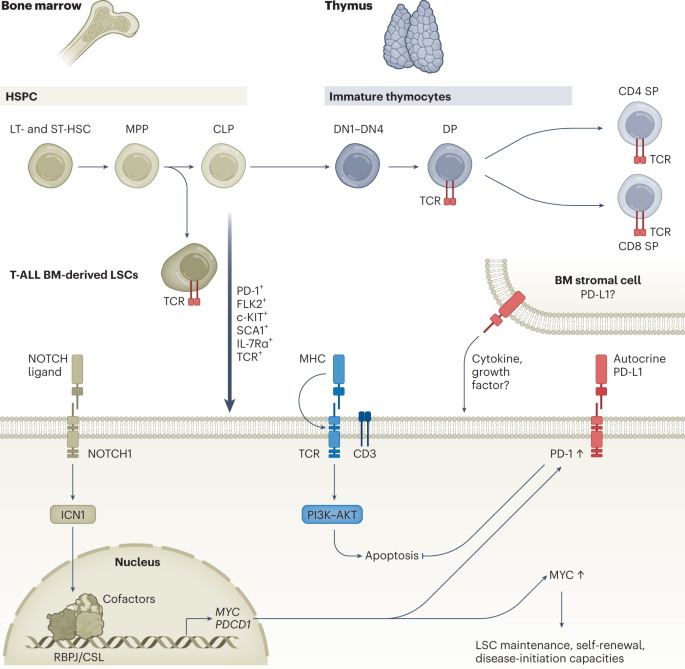- Select a language for the TTS:
- UK English Female
- UK English Male
- US English Female
- US English Male
- Australian Female
- Australian Male
- Language selected: (auto detect) - EN
Play all audios:
ABSTRACT In November 2011, aflibercept (Eylea; Regeneron Pharmaceuticals), a recombinant fusion protein that binds to members of the vascular endothelial growth factor family, was approved
by the US Food and Drug Administration (FDA) for the treatment of patients with neovascular age-related macular degeneration. You have full access to this article via your institution.
Download PDF MAIN Age-related macular degeneration (AMD) is the leading cause of blindness among the elderly in the developed world1. The disorder is classified into two forms:
non-neovascular (dry) AMD and neovascular (wet) AMD. The neovascular form involves abnormal neovascularization under the macula (the central part of the retina), which leads to leakage of
blood or serum that damages the macula and causes deterioration in sight. Although only ∼10% of patients with AMD have the neovascular form, it accounts for ∼90% of the severe loss of
vision1. Treatment strategies for neovascular AMD have progressed substantially in the past decade or so, from thermal laser photocoagulation to specific pharmacotherapies, in particular
those that inhibit vascular endothelial growth factor (VEGF), which is important in choroidal neovascularization (CNV)2. In 2000, photodynamic therapy with verteporfin (Visudyne;
QLT/Novartis), which causes selective destruction of CNV lesions, became the first FDA-approved treatment for neovascular AMD. However, in most patients photocoagulation and photodynamic
therapy only slow the deterioration in vision2. BASIS OF DISCOVERY VEGF, which acts via two receptor tyrosine kinases, VEGFR1 and VEGFR2, on the surface of endothelial cells, has a key role
in physiological angiogenesis and pathological angiogenesis1. Recognition of the importance of VEGF in cancer and pathological ocular neovascularization led to the development of various
strategies to inhibit VEGF signalling1. Pegaptanib (Macugen; Eyetech), an aptamer that targets the VEGF165 isoform, was approved by the FDA for neovascular AMD in 2004. However, its
effectiveness in preventing deterioration of vision is not as great as that of ranibizumab (Lucentis; Genentech/Roche), a recombinant VEGF-specific antibody fragment that was approved by the
FDA for neovascular AMD in 2006 following trials showing that it not only maintained visual acuity in more than 90% of patients but also improved it in around a third of patients2. In
addition, bevacizumab (Avastin; Genentech/Roche), a monoclonal VEGF-specific antibody that has been developed and approved for the treatment of various cancers, has been widely used
off-label for the treatment of neovascular AMD following studies indicating its effectiveness, largely owing to its lower cost than ranibizumab1. Another strategy that has been developed to
block the activity of cytokines such as VEGF is to prevent them from binding to their normal receptors by administering soluble decoy receptors that are constructed by fusing binding domains
of the normal receptors to an immunoglobulin constant region3. Aflibercept (previously known as VEGF-Trap) was developed by optimizing the pharmacokinetic properties of such fusion proteins
to improve their _in vivo_ anticancer activity3. In particular, these efforts focused on selecting portions of the extracellular domains of VEGFR1 and VEGFR2 that were anticipated to lead
to fusion proteins with reduced propensity for nonspecific interactions with the extracellular matrix, as well as improved binding potency3. DRUG PROPERTIES Aflibercept is a recombinant
fusion protein that consists of portions of human VEGFR1 and VEGFR2 extracellular domains fused to the Fc portion of human immunoglobulin G1 (Refs 3,4). It binds strongly to VEGF and
placental growth factor, and thereby inhibits the binding and activation of the cognate VEGFRs3,4. CLINICAL DATA The efficacy and safety of aflibercept (administered by intravitreal
injection) were assessed in two randomized, double-masked, active-controlled trials in patients with wet AMD4. A total of 2,412 patients were treated and evaluable for efficacy in the two
trials (known as VIEW1 and VIEW2)4. In each of these trials, patients were randomly assigned in a 1:1:1:1 ratio to one of the following four treatment regimens: aflibercept at a dose of 2 mg
administered every 8 weeks, following three initial monthly doses; aflibercept at a dose of 2 mg administered every 4 weeks; aflibercept at a dose of 0.5 mg administered every 4 weeks; and
ranibizumab at a dose of 0.5 mg administered every 4 weeks4. In both trials, the primary efficacy end point was the proportion of patients who maintained vision, defined as losing fewer than
15 letters of best corrected visual acuity (BVCA) at 52 weeks compared with the baseline4. Secondary end points included the mean change in BVCA as measured by the ETDRS (Early Treatment
Diabetic Retinopathy Study) score from the baseline4. After 52 weeks, the efficacy results for the two groups that received aflibercept at the 2 mg dose were clinically equivalent to those
from the ranibizumab group4. Of the patients who received 2 mg aflibercept every 8 weeks (after the initial three monthly doses), the proportions that maintained visual acuity were 94% in
VIEW1 and 95% in VIEW2 (Ref. 4). Of the patients who received 2 mg aflibercept every 4 weeks, the proportions that maintained visual acuity were 95% in VIEW1 and 95% in VIEW2 (Ref. 4). Of
the patients who received ranibizumab, 94% maintained visual acuity in VIEW1, and 95% maintained visual acuity in VIEW2 (Ref. 4). For the secondary end point of mean change in BVCA, of the
patients who received 2 mg aflibercept every 8 weeks after three initial monthly doses, the mean changes were 7.9 in VIEW1 and 8.9 in VIEW2 (Ref. 4). The mean changes for the groups that
received 2 mg aflibercept every 4 weeks were 10.9 in VIEW1 and 7.6 in VIEW2, and for the groups that received ranibizumab the mean changes were 8.1 in VIEW1 and 9.4 in VIEW2 (Ref. 4).
INDICATIONS Aflibercept is approved by the FDA for the treatment of patients with neovascular (wet) AMD4. ANALYSIS | AGE-RELATED MACULAR DEGENERATION Analysing issues in the treatment of AMD
is Michael W. Stewart, M.D., Chair, Department of Ophthalmology, Mayo Clinic, Mayo School of Medicine, Jacksonville, Florida, USA. The recent approval of aflibercept provides
ophthalmologists and patients with a third excellent anti-VEGF therapy for AMD. Whereas bevacizumab was developed for the treatment of advanced solid tumours and has been used off-label for
AMD and other ophthalmic disorders, ranibizumab was developed exclusively for ophthalmic conditions. The pivotal Phase III trials for ranibizumab2 established monthly injections as the
standard against which other drugs and dosing regimens have since been compared. Despite this, many physicians have preferred low-cost bevacizumab (∼US$50 per dose) over the higher-cost
ranibizumab (∼$1,950 per dose) for the initial treatment of AMD, although only recently has bevacizumab (administered monthly) been shown to produce improvements in vision that are
comparable to ranibizumab5. The year 1 results of the Phase III VIEW trials for aflibercept demonstrated for the first time that injections of an anti-VEGF drug every 8 weeks (aflibercept; 2
mg) improve vision comparably to ranibizumab administered every 4 weeks4. For patients treated according to the labelling guidelines (based on the Phase III trial protocols), those
receiving aflibercept require fewer office visits and injections than those receiving ranibizumab (7 versus 12) during the first year. To reduce the burden of clinic visits and intravitreal
injections, however, most physicians use 'treat and observe' or 'treat and extend' strategies. Although the VIEW trials did not strictly evaluate either of these
strategies, in the second year a 'treat and observe' strategy with a 3-month cap (that required injection) was used. During year 2, the developer Regeneron has reported that both
ranibizumab and aflibercept performed well, as patients receiving either drug lost an average of only 0.8 letters of visual acuity. Compared with ranibizumab, aflibercept showed slightly
better durability for each group studied, suggesting that the duration between injections for aflibercept could be extended by an additional 2–4 weeks compared with ranibizumab. However,
doubling the injection intervals, as suggested by the year 1 result, is probably not achievable for most patients. For patients treated according to the VIEW protocols, aflibercept (∼$1,850
per dose) reduces costs and patient visits by 42% compared with ranibizumab. For those on 'treat and observe' or 'treat and extend' regimens, the savings will be
considerably lower. As physicians gain experience with aflibercept, it is possible that many could switch from ranibizumab for cases when a high-affinity anti-VEGF drug is indicated. Despite
the savings resulting from less frequent aflibercept therapy, however, monthly bevacizumab remains the less expensive alternative. When choosing an anti-VEGF drug, physicians and patients
will need to consider the trade-offs between lower costs (bevacizumab) versus less frequent visits and injections (aflibercept). The pivotal AMD trials for ranibizumab and aflibercept all
showed that regularly administered anti-VEGF injections improve visual acuity by 8–11 letters over the study period, leading many physicians to believe that anti-VEGF monotherapy has hit an
efficacy 'ceiling'. Future anti-VEGF agents, such as the designed ankyrin repeat protein (DARPin) MP0112 (which has completed Phase I/II trials), will need to be differentiated
from current drugs based on improved durability. Improving the efficacy of AMD treatment by reducing the size of the neovascular complex, thereby improving the anatomy and function of the
photoreceptors, retinal pigment epithelium and choriocapillaris, will probably require combination drug therapy. Several drugs that inhibit the actions of molecules that are crucial to the
growth of the neovascular complex — including integrins, complement component 5 and platelet-derived growth factor — are in various stages of development. Effective combination therapy,
however, is still several years away. Given the crucial role of VEGF in wet AMD and the demonstrated efficacy of the currently available drugs, anti-VEGF therapy will remain an important
component of AMD therapy for many years.boxed-text BOX 1 | MARKET FOR AGE-RELATED MACULAR DEGENERATION Analysing the market for therapies for wet age-related macular degeneration (AMD) is
Seden Grippon, IMS Health, London, UK. The global market for wet AMD therapies is currently worth ∼US$4 billion annually, according to data from IMS Health. This market is dominated by
ranibizumab (Lucentis; Genentech/Roche), an antibody fragment specific for vascular endothelial growth factor (VEGF), which accounts for ∼98% of sales. Aflibercept (Eylea, Regeneron
Pharmaceuticals), a fusion protein that also targets VEGF, was launched into this market in the United States in November 2011, following its approval by the US Food and Drug Administration.
In Europe, aflibercept is at the preregistration phase. Its less frequent dosing compared with Lucentis (see main text) appears to be perceived by physicians as a moderate advantage, and
analysts predict that its uptake will be robust, potentially taking more than half of Lucentis's market share in the next 3 years; in February 2012, the number of patients on Eylea had
grown by 50% over the previous 6 weeks, and with rapid uptake it has been predicted that US sales alone may reach $1 billion in 2016 (Nadeau, P. & Bishop, N. Cowen. Company Report on
Regeneron Pharmaceuticals. 9 February 2012; Meacham, G. _et al_. JP Morgan Report on Regeneron Pharmaceuticals. 13 February 2012). Aflibercept is also in development for other ophthalmic
indications, including diabetic macular oedema, central retinal vein occlusion, myopic choroidal neovascularization and branch retinal vein occlusion. Finally, as only ∼30% of patients with
wet AMD experience a significant improvement in vision with anti-VEGF therapy, alternative strategies that are currently being investigated in Phase II trials have a high chance of physician
uptake if successful. These strategies include: E10030 (developed by Ophthotech), which is an aptamer that targets platelet-derived growth factor B; hI-con1 (developed by Iconic
Therapeutics), which is a fusion protein that targets tissue factor; and mesenchymal precursor cells (developed by Mesoblast). REFERENCES * Stewart, M. W. The expanding role of vascular
endothelial growth factor inhibitors in ophthalmology. _Mayo Clin. Proc._ 87, 77–88 (2012). Article CAS Google Scholar * Narayanan, R. et al. Ranibizumab. _Nature Rev. Drug Discov._ 5,
815–816 (2006). Article CAS Google Scholar * Holash, J. et al. VEGF-Trap: a VEGF blocker with potent antitumor effects. _Proc. Natl Acad. Sci. USA_ 99, 11393–11398 (2002). Article CAS
Google Scholar * US Food and Drug Administration. FDA labeling information — Eylea. _FDA website_ [online], (2011). * Martin, D. F. et al. Ranibizumab and bevacizumab for neovascular
age-related macular degeneration. _N. Engl. J. Med._ 364, 1897–1908 (2011). Article CAS Google Scholar Download references AUTHOR INFORMATION AUTHORS AND AFFILIATIONS * Michael W. Stewart
is at the Department of Ophthalmology, Mayo Clinic, Mayo School of Medicine, Jacksonville, Florida 32224, USA., Michael W. Stewart * Seden Grippon is at IMS Health, 7 Harewood Avenue,
London NW1 6JB, UK., Seden Grippon * Peter Kirkpatrick is at Nature Reviews Drug Discovery. [email protected]; [email protected]; [email protected], Peter Kirkpatrick *
[email protected], Peter Kirkpatrick Authors * Michael W. Stewart View author publications You can also search for this author inPubMed Google Scholar * Seden Grippon View author
publications You can also search for this author inPubMed Google Scholar * Peter Kirkpatrick View author publications You can also search for this author inPubMed Google Scholar ETHICS
DECLARATIONS COMPETING INTERESTS M.W.S has served on an advisory board and received research support from Regeneron, served on an advisory board for Allergan, and received research support
from Bayer. RIGHTS AND PERMISSIONS Reprints and permissions ABOUT THIS ARTICLE CITE THIS ARTICLE Stewart, M., Grippon, S. & Kirkpatrick, P. Aflibercept. _Nat Rev Drug Discov_ 11, 269–270
(2012). https://doi.org/10.1038/nrd3700 Download citation * Published: 30 March 2012 * Issue Date: April 2012 * DOI: https://doi.org/10.1038/nrd3700 SHARE THIS ARTICLE Anyone you share the
following link with will be able to read this content: Get shareable link Sorry, a shareable link is not currently available for this article. Copy to clipboard Provided by the Springer
Nature SharedIt content-sharing initiative










